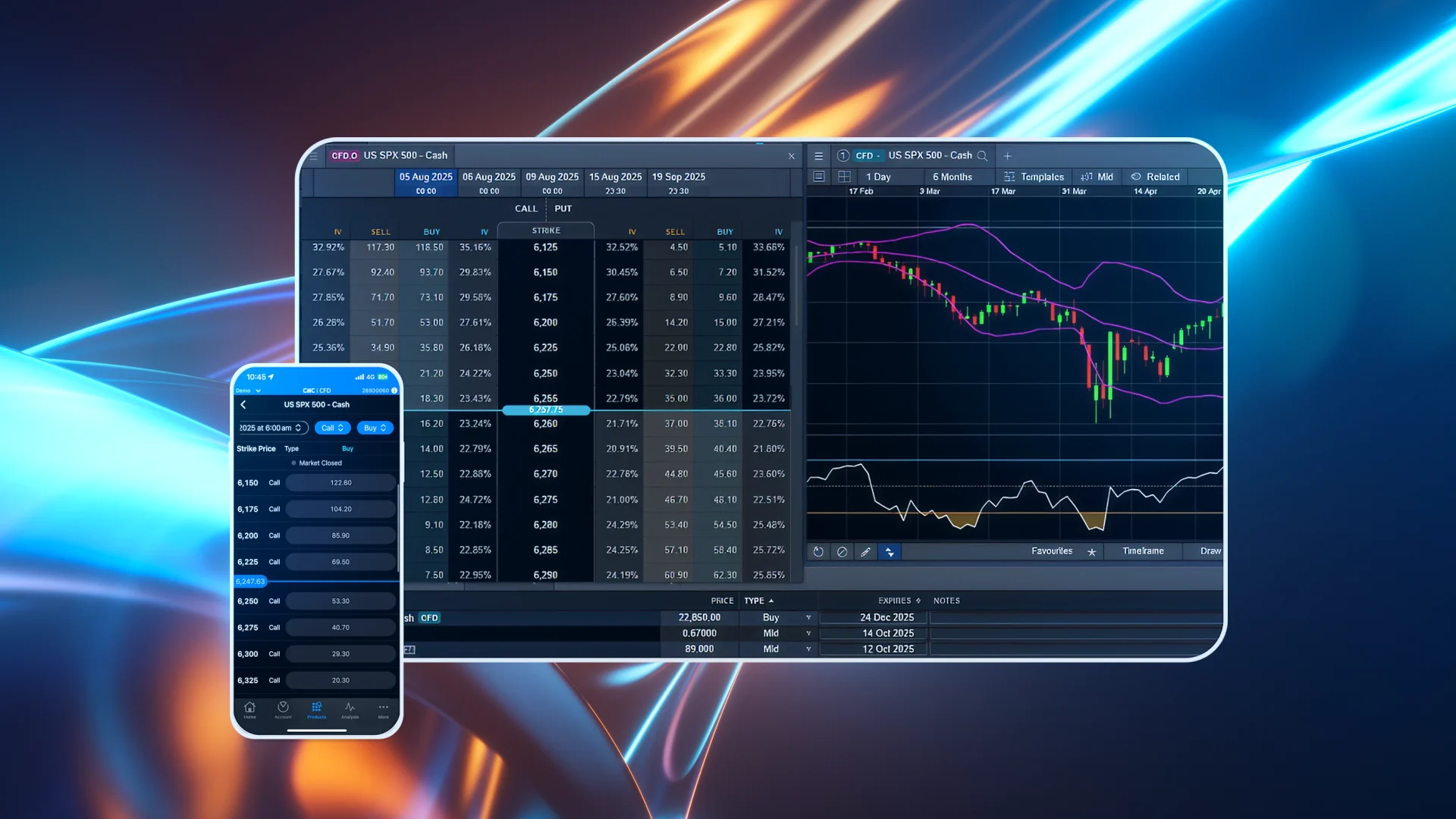Global stocks dip as virus death toll up
World stocks have turned negative as the coronavirus death toll mounted and euro zone finance ministers failed to agree a rescue package to help economies recover from the impact of the outbreak.
COVID-19 hospitalisations seemed to be levelling off in New York state, but deaths across the United States jumped by a record of more than 1800.
Meanwhile, France has officially registered more than 10,000 deaths from coronavirus infections, making it the fourth country to cross that threshold after Italy, Spain and the United States. Mainland China’s new coronavirus cases doubled in 24 hours as infected travellers returned home.
After two sessions of gains, European equities fell amid renewed concern about the spread of the virus and the continent’s response to it.
The pan-European STOXX 600 index dipped 0.7 per cent. London’s FTSE 100 fell 0.9 per cent, as the country’s coronavirus death toll crossed 6,100. Germany’s DAX shed 0.8 per cent after rallying more than 8 per cent in the past two days, as the number of confirmed cases rose for a second straight day.
Japanese shares were boosted by Prime Minister Shinzo Abe’s ending market uncertainty by declaring an emergency, helping the Nikkei share average close 2.13 per cent higher.
E-Mini futures for the S&P 500 rose 0.5 per cent.
“After the market rallying, we are having some consolidation as we are in a bottoming process, and you cannot have a V-shaped recovery,” said Francois Savary, chief investment officer at Swiss wealth manager Prime Partners. “Trading is between 2200 to 2800 on the S&P 500 at the moment and we will stick to that for the time being as we are in recovery phase.
Euro zone finance ministers failed to agree in all-night talks on more support for their coronavirus-hit economies. Eurogroup chairman Mario Centeno said on Wednesday morning he was suspending the discussions until Thursday.
Italian government bond yields rose in response. The 10-year Italian yield rose 20 basis points to 1.799 per cent in early European trading, reaching its highest since March 19. Two-year bonds yields were up 22 bps on the day at 0.79 per cent , the highest in three weeks.
Investor sentiment was helped by a bounce in oil prices, with Brent crude adding 0.8 per cent to $US32.08 per barrel after falling 3.6 per cent on Tuesday. US West Texas Intermediate (WTI) crude rose 3.8 per cent to $US24.45 a barrel. They were lifted on hopes that a meeting between OPEC members and allied producers on Thursday would trigger output cuts to shore up prices.
After US stock markets closed on Wednesday, President Donald Trump said the United States may be getting to the top of the coronavirus curve.
The Trump administration asked Congress for an additional $US250 billion in emergency economic aid for small US businesses reeling from the pandemic.
“While the virus’ ‘curve is flattening’, the economic effects of the corona crisis will linger for years in our view,” Commonwealth Bank of Australia economist Joseph Capurso said in a note.
“Economies will take time to re-open, some businesses will not re-open, and unemployment will take years to return to levels reported at the end of 2019.”
Against a basket of currencies, the dollar edged up 0.25 per cent to 100.210. The euro fell 0.4 per cent to $US1.0852.
The Aussie dollar fell 0.5 per cent to $US0.6137 after ratings agency S&P downgraded the outlook on its sovereign AAA rating from stable to negative and warned the cost of combating the virus would weigh on the country’s finances.
Gold prices were stuck at $US1,648, after touching a three-and-a-half-week high on Tuesday at $US1,671.








